Digging Into the Past, Singing Into the Future
Julia Bullock explores Cincinnati’s rich choral history while shaping the May Festival for a bold new era.
by Casey Weldon
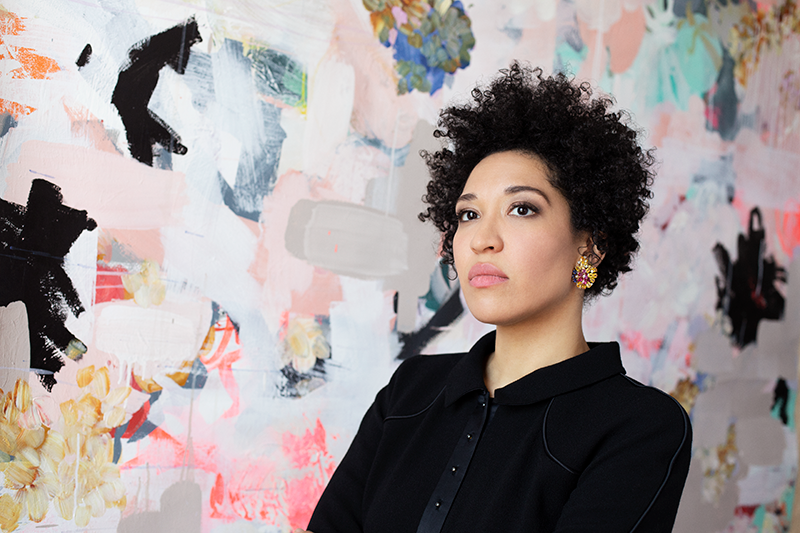
Classical singer and Grammy winner Julia Bullock has long been celebrated for performances that can stop audiences in their tracks — her artistry fearless and her voice both radiant and profoundly human. Yet, for the better part of the past three years, she’s shifted her focus from the limelight of center stage to behind the scenes, where she has been busy shaping a vision for one of America’s great choral traditions.
Bullock serves as the third Festival Director of the Cincinnati May Festival, orchestrating every aspect of the 2026 presentation of the multi-day event. From planning and scheduling performances to helping guide nearly 150 singers, she is crafting a Festival that honors the Festival’s rich regional roots and bears her unmistakable artistic imprint.
“I think this is probably the largest residency I’ve ever had, certainly the one involving the most people,” she said with a laugh. “It feels so inspiring — and honestly, so cool — to be part of something this extensive.”
Digging into the archives
When Bullock got the call in 2022 asking her to direct the Festival, she didn’t run to the piano. She went to the library.
Her first instinct was to understand Cincinnati itself — its traditions, its quirks, its people. She dove into essays, combed through archives and traced how a choral festival born in 1873 weathered wars, upheavals and constant reinvention.
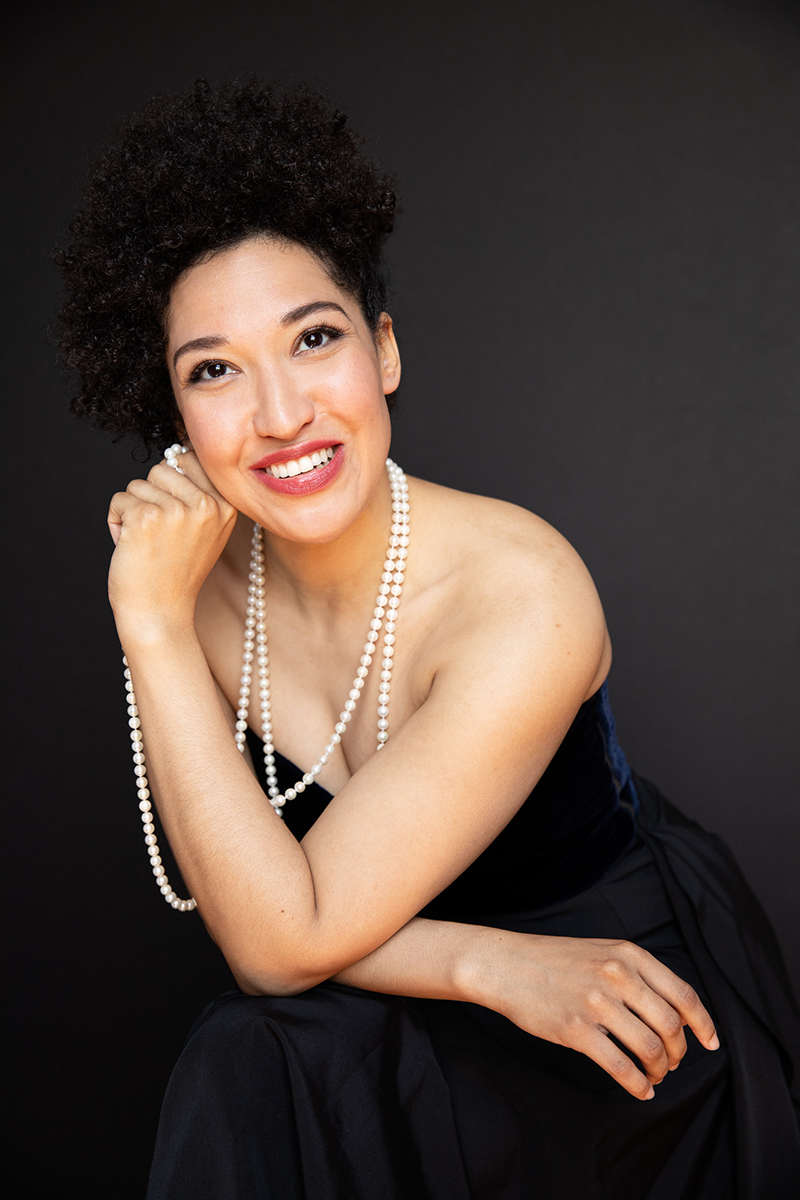
“I wanted to know what the community’s relationship to the Festival was, how this all came to be,” said Bullock. “I wanted to start with the history, and I found it was incredibly inspiring.”
What impressed her most was the city’s persistence.
“Every year, no matter what’s happening politically or socially, Cincinnati has remained committed to this Festival,” she said. “As a singer, I feel so honored to be invited into that tradition.”
Bullock isn’t a stranger to Music Hall, the Festival’s longtime home. In 2023, she performed there in El Niño: Nativity Reconsidered, a chamber reimagining she co-arranged with her husband, conductor Christian Reif. But she confessed she wasn’t familiar with the May Festival before the invitation arrived.
As luck would have it, she happened to be in Cincinnati during a week that Reif was conducting the Cincinnati Symphony Orchestra, which has been part of every May Festival since 1906.
“So that week we walked around the building, they shared some of the history of the building, of course, some of the history of the Festival, and we talked about possibilities,” Bullock recalled.
“I didn’t really know about its importance and significance in the music tradition of America,” she added, saying she requested A City That Sings: Cincinnati’s Choral Tradition 1800–2012. The book offered an extensive overview of the Festival and its founding in the German Liederspiel and Singspiel songfest traditions. She learned about the Festival’s longstanding commitment to local artists, the generations of volunteer singers and the diverse cultural influences that have shaped Cincinnati musically and socially.
“It has served such an important place culturally,” Bullock said of the May Festival. “From the flower shows to pottery and visual arts, Music Hall really was a cultural center for many aspects of Cincinnati.”
Bullock’s eagerness to understand the Festival, from the inside out, stood out.
“She devoured that material and became very invested in the historical aspects of the Festival and the city,” said Matthew Swanson, Director of Choruses, who has worked with Bullock throughout the two-and-a-half-year planning process. “That curiosity is what makes her programming feel so rooted here [in Cincinnati].”
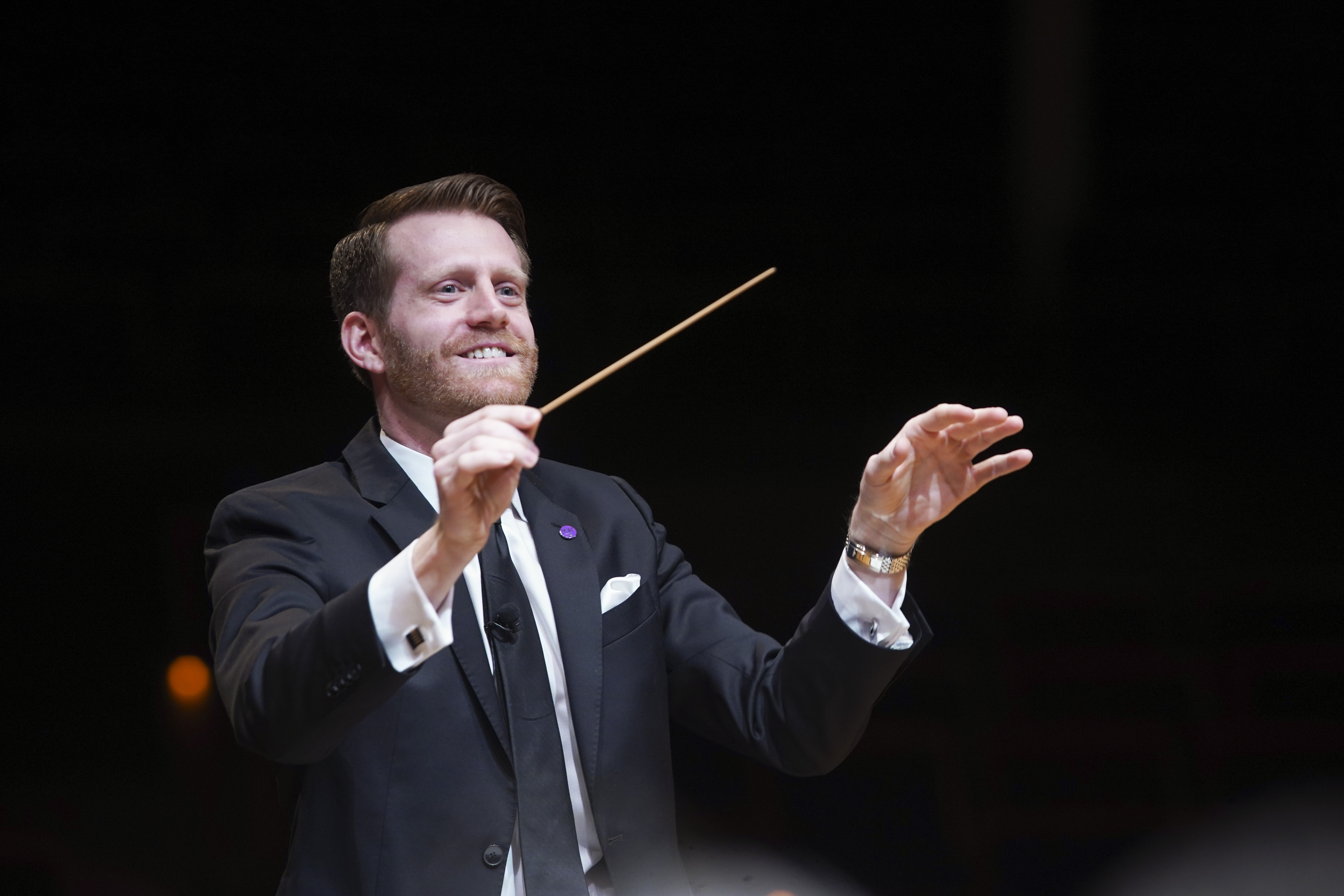
A role of tradition and reinvention
The May Festival’s model is somewhat unusual. Each year, a new Festival Director is appointed and, together with the Director of Choruses, crafts the artistic vision for each Festival. Past leaders have included Pulitzer Prize-winner Julia Wolfe and Grammy-winning soprano Renée Fleming.
“Every single May Festival is a once-in-a-lifetime [event] — some of this repertoire might never appear here again, or certainly not for a generation or two,” Swanson explained.
For Bullock, the job turned out to be part artistry, part logistics. She and Swanson traded ideas across time zones with long calls, late-night emails, and, Swanson clearly joked, “even the occasional fax.” A demonstration of how closely the two worked together on this Festival.
One morning, after an arduous journey home, arriving near midnight from a delayed flight, Bullock had to wake up early for a planning call with composer Carlos Simon.
“I was throwing all my stuff in and out of a suitcase, and we were discussing the organization of an eclectic mass,” Bullock recalled. She went on to praise Swanson, CSO Chief Artistic Officer Anthony Paggett and the May Festival team for providing all the resources needed to never feel overwhelmed.
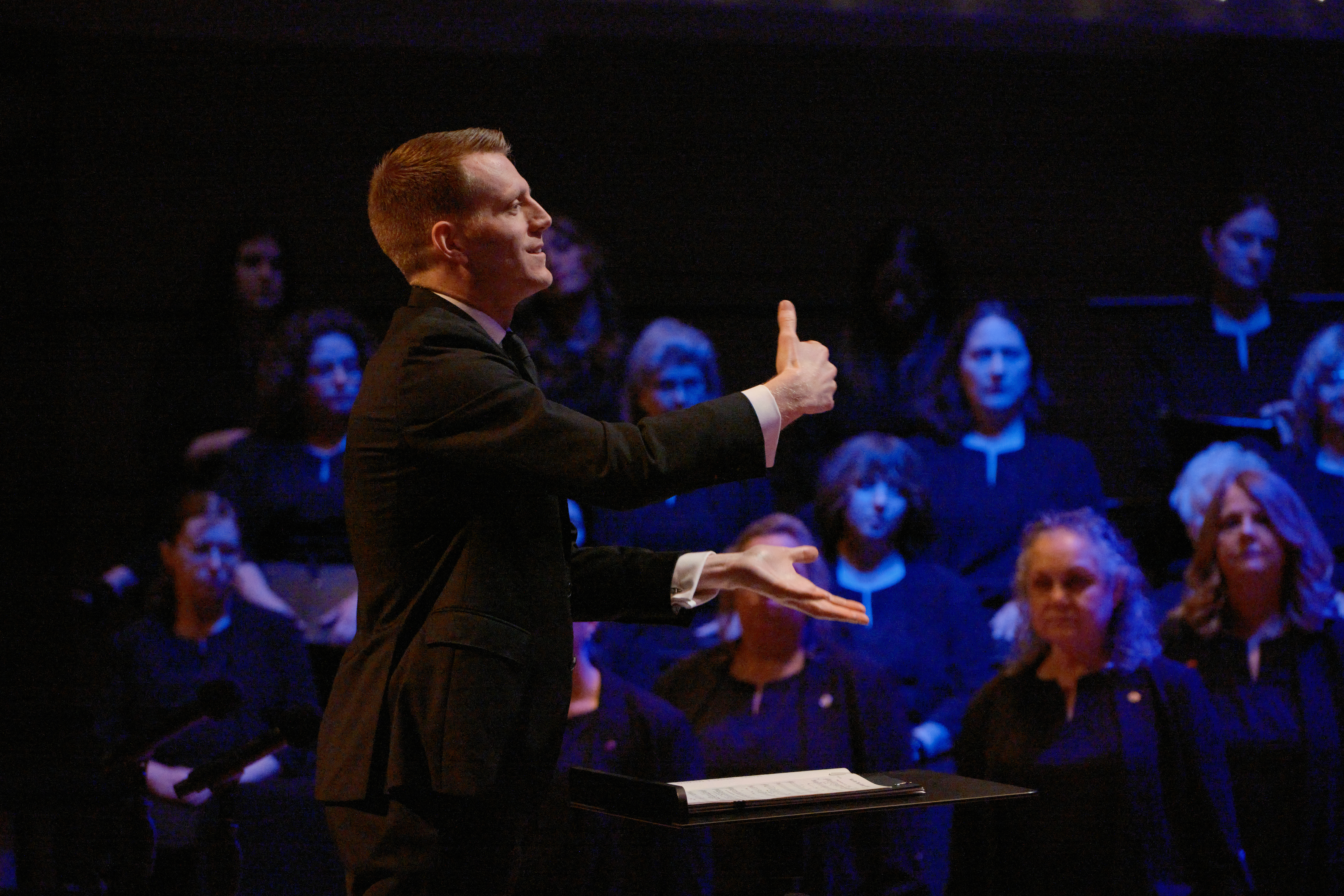
“It was a bit chaotic at times,” she said with a grin. “But it was a beautiful kind of chaos.”
That “eclectic mass” Bullock and Simon discussed has become one of the centerpieces of this Festival lineup. Historically, the May Festival has performed dozens of concert settings of the Catholic Mass, typically written by a single composer. Bullock wanted something different: A patchwork mass stitched together from across centuries — from Palestrina and Bach to Margaret Bonds and Simon.
“It’s an amalgam of things that make a whole, but each one is unique and diverse,” Swanson said of the mass format. “That’s what [Bullock] is bringing to the Festival.”
Another spark came when Bullock suggested Stravinsky’s rarely performed Les Noces, a choral ballet requiring four pianos and a wall of percussion. She really wanted to include it but had no idea what to pair it with. Swanson and his team had an answer ready: Carl Orff’s Catulli Carmina, which calls for the same instrumentation and is also written for ballet.
Bullock had never heard it. They played a clip from a smartphone. “I sat and just listened for, like, 30 seconds. And I was like, ‘Yeah, that’s it. Let’s do that,’” she said. The Cincinnati Ballet’s Second Company will join the Chorus for the performance, with new choreography by Yoshihisa Arai, rehearsal director and director of Second Company.
For Bullock, that type of open collaboration has been everything.
“All of us have different experiences, different repertoires, and the chance to share ideas and challenge each other has been incredible,” she said.
Facing history head on
While there’s no official theme for Bullock’s May Festival, her choices reflect inclusion and historical context.
She was struck by one discovery during her research: Nearly 70 years ago, the May Festival invited its first Black performers, Leontyne Price and William Warfield, to sing excerpts from the Gershwins’ Porgy and Bess, among other works.
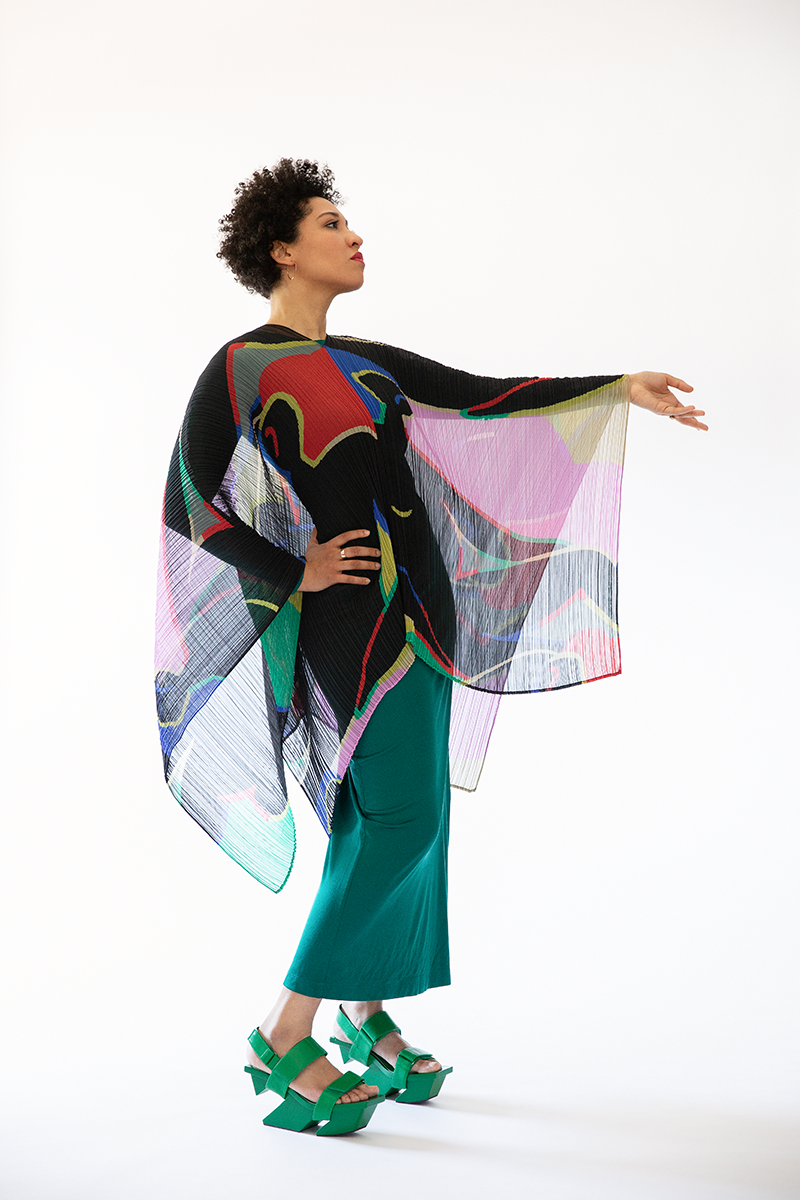
To mark that anniversary, Bullock has programmed selections from the opera for the 2026 closing night. She’ll take on the role of Bess, with baritone Alfred Walker as Porgy. Joining them will be the May Festival Chorus, May Festival Youth Chorus and the Classical Roots Community Choir, an ensemble of singers drawn from more than 50 Cincinnati-area churches.
“In 2026, it’ll mark 70 years since that first invitation, and I felt it was a meaningful way to bring Porgy and Bess back to the Festival,” Bullock said. “I think the piece gave Black artists a space to be heard in multidimensionality, not as caricatures.”
“At the same time, the Gershwins profited greatly from the voices, ideas and musical expressions they drew from,” she added. “I wanted to acknowledge that tension. We shouldn’t obscure parts of history that make us uncomfortable.”
Other highlights of the 2026 festival will include Ralph Vaughan Williams’ A Sea Symphony paired with Duke Ellington’s The River, as well as a recital inspired by the poetry of Langston Hughes.
The singer as director
Bullock will also step into the spotlight as a performer a few times during the two-week Festival, including in the opening concert. Balancing performer and director duties might sound exhausting, but she insists the energy flows both ways.
“It just takes a certain amount of mental organization … I get into a rhythm of generosity,” she said. “The energy comes from the people surrounding me — they’re totally available and committed.”
Swanson believes her dual role strengthens the whole event. “Watching Julia perform while she shapes the Festival brings a unique cohesion. She’s not just directing; she’s demonstrating what the music can be,” he observed.
As the Festival nears, Bullock says she’s growing most eager for that moment when everything comes together — the singers, the orchestra, the hall itself.
“I just can’t wait to be in a space with so many other singers who are volunteering their time just because they love music and love to sing in the May Festival,” she said. “I think I’ll be swept away in the experience of it.”
2026 May Festival Passes
Be “swept away” with Julia Bullock by attending this year’s May Festival. Festival Passes are now on sale.